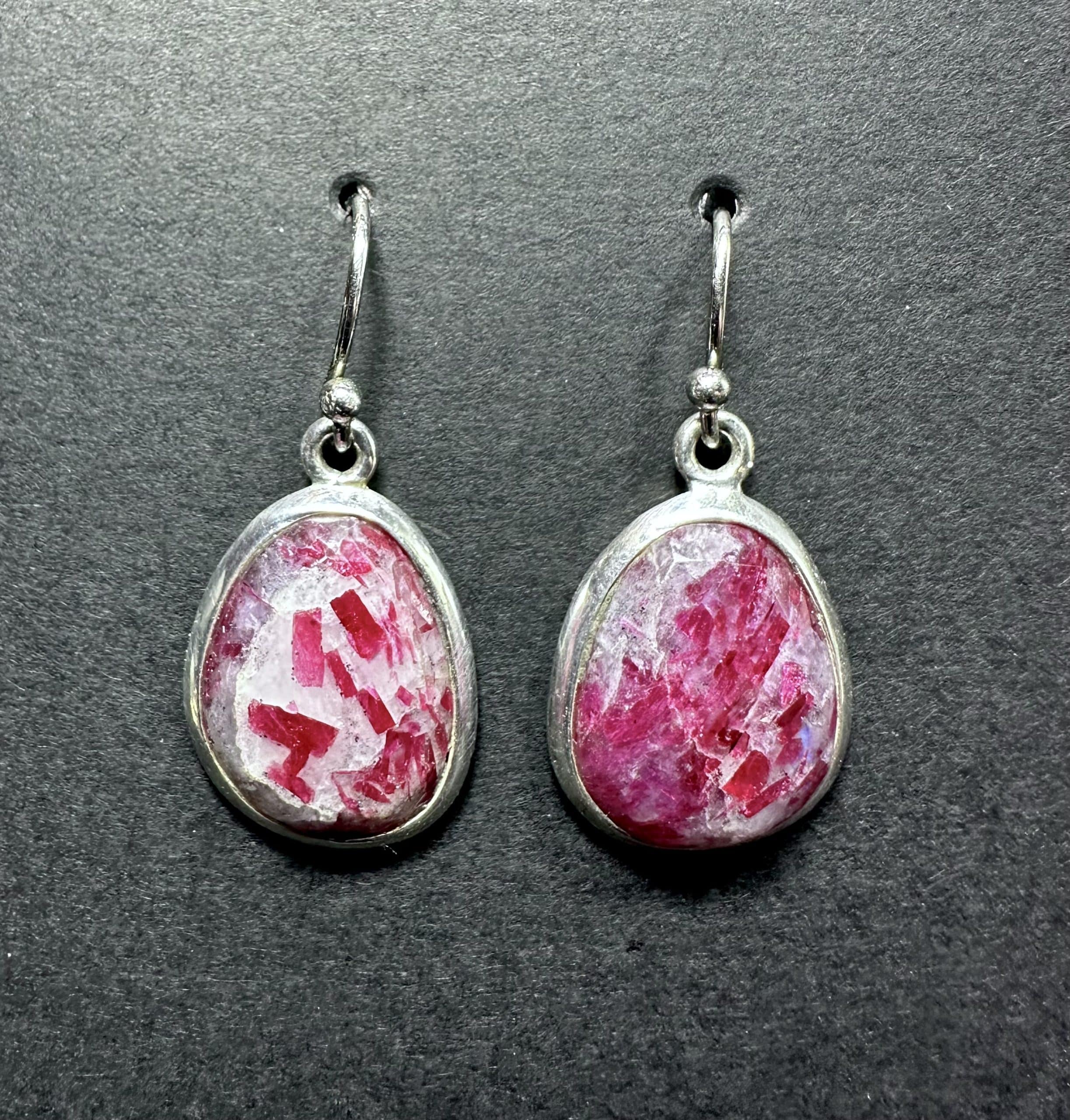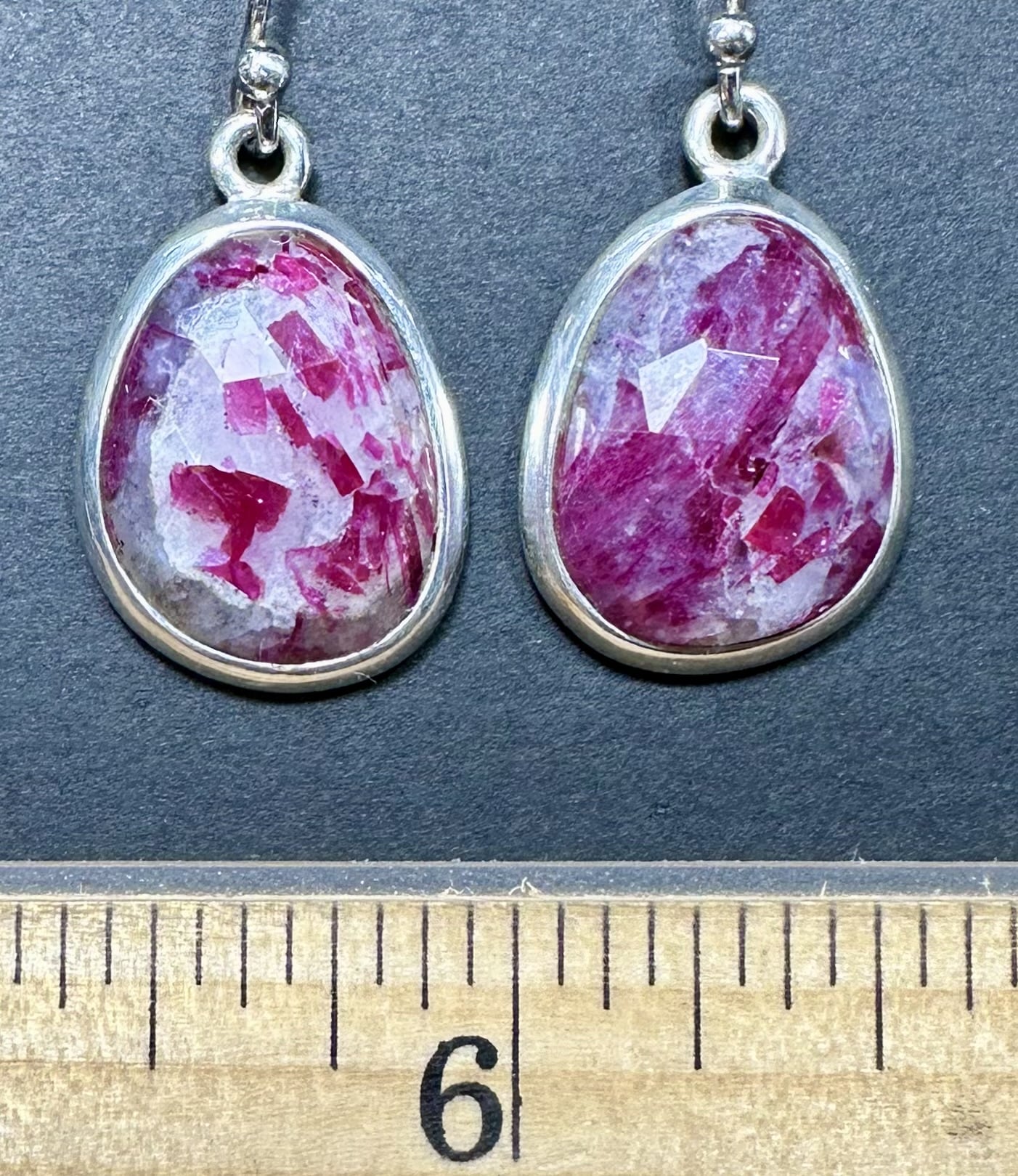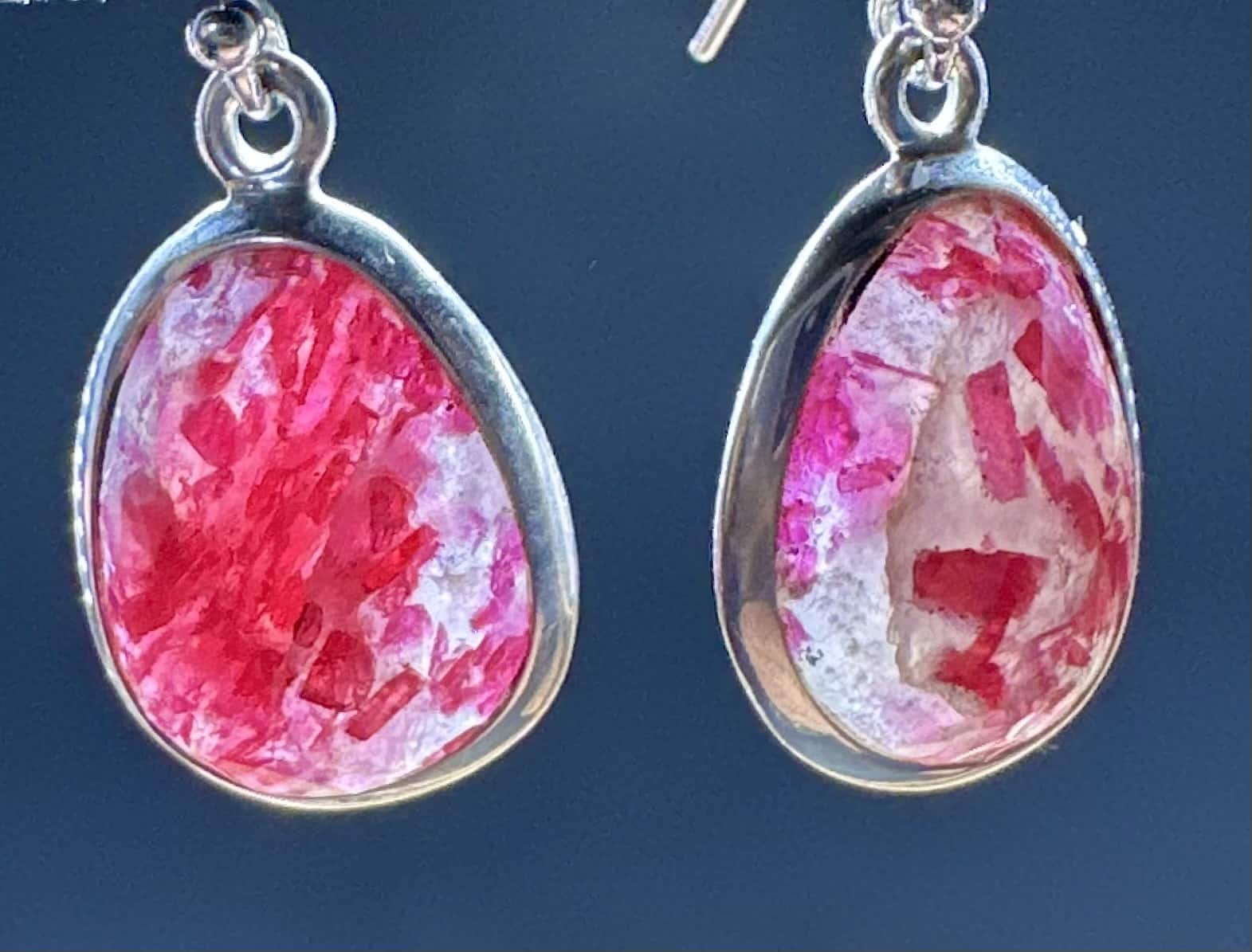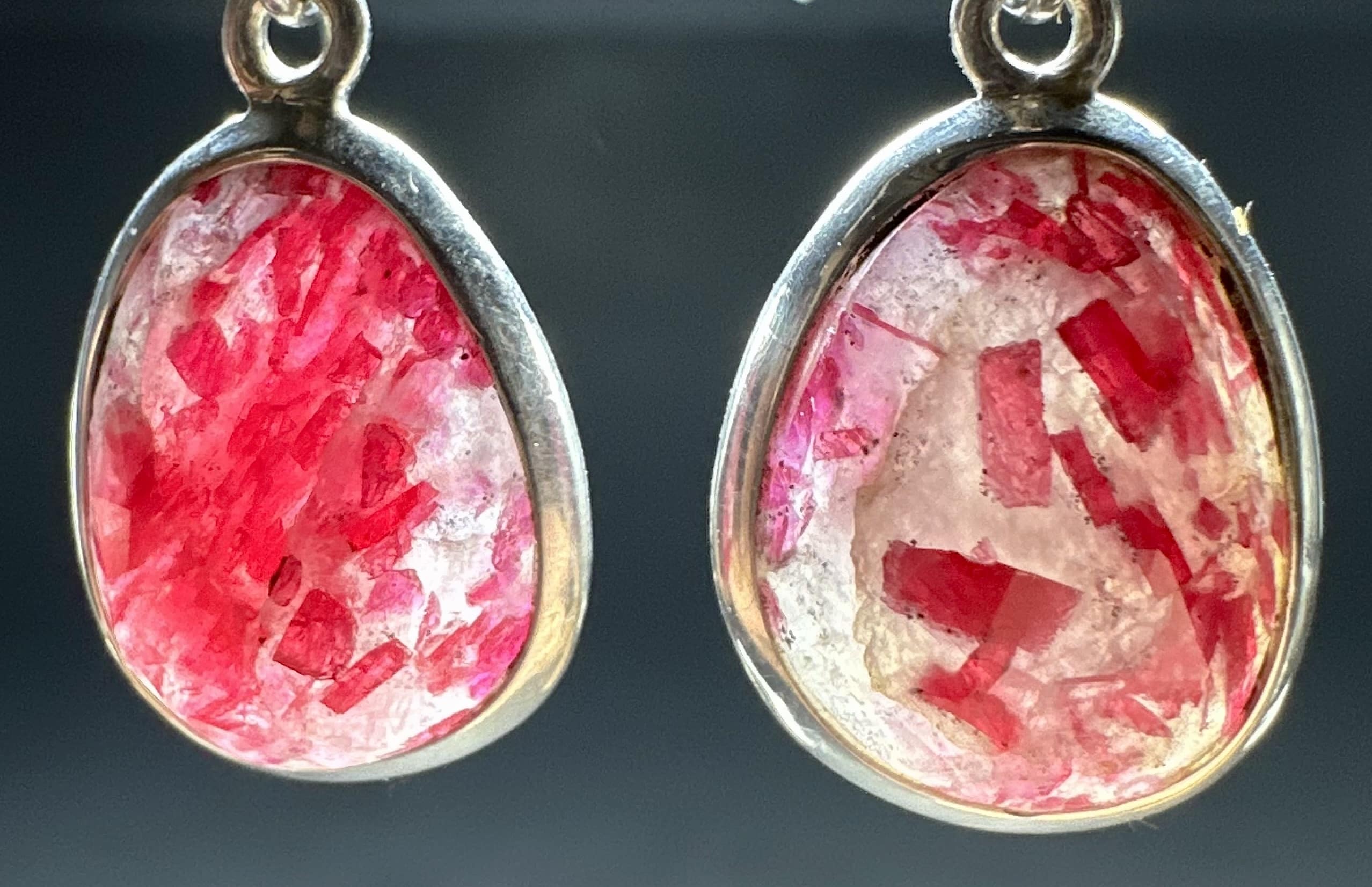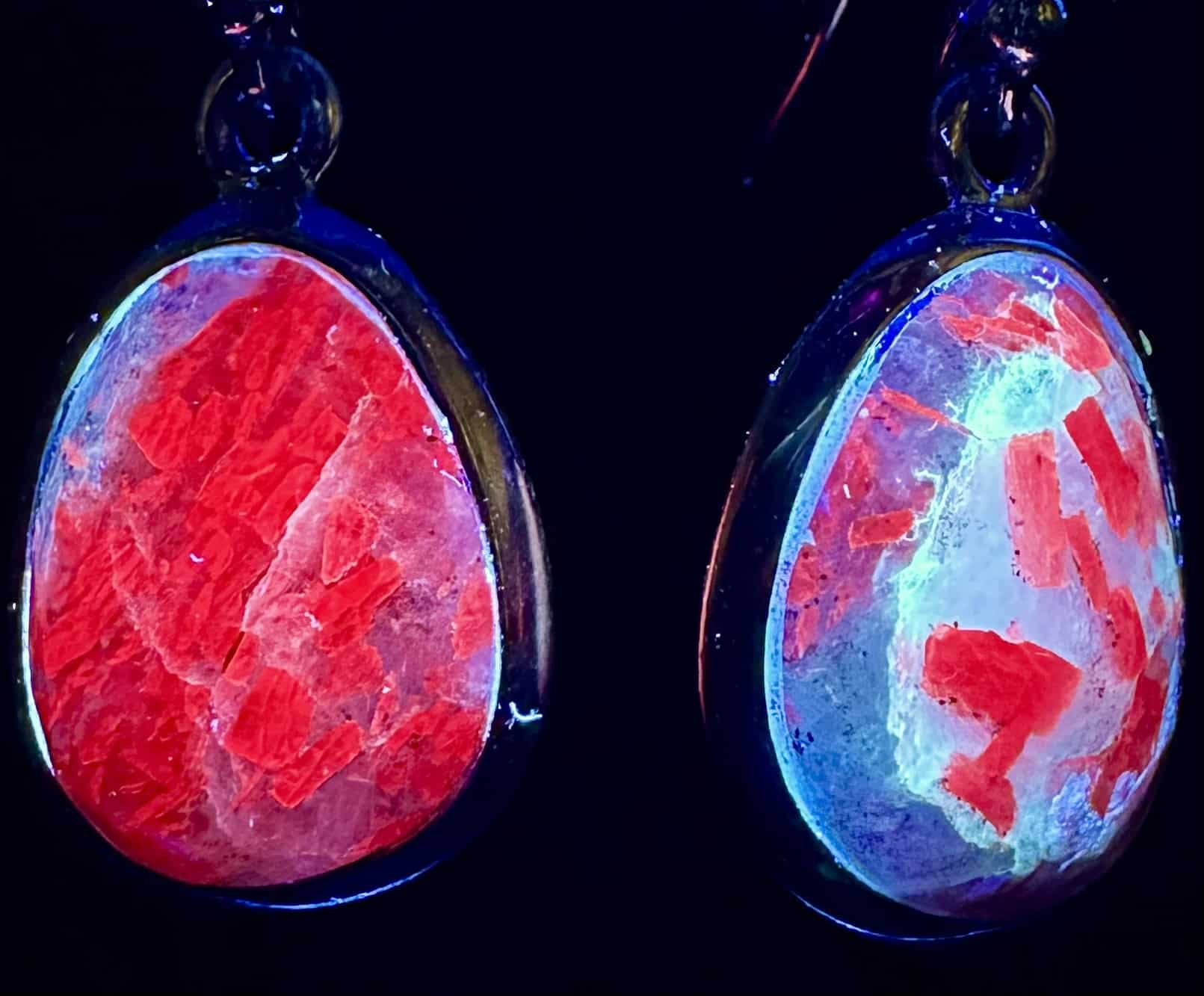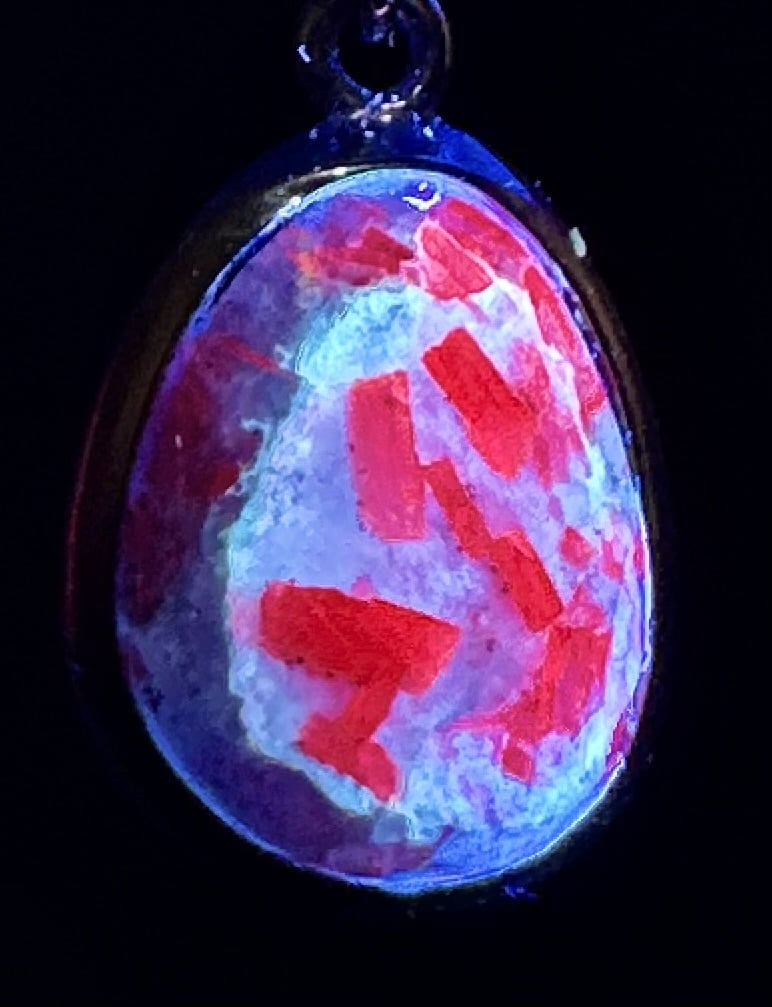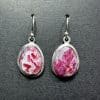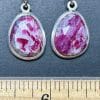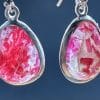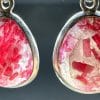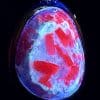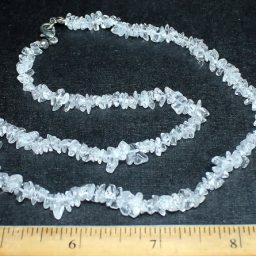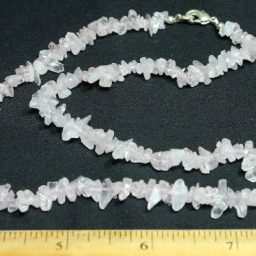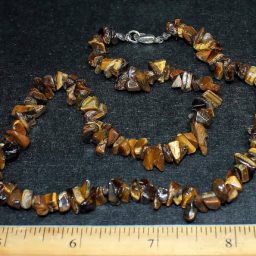Description
A Ruby is a variety of the mineral corundum (aluminum oxide). The color comes mainly from the chromium element. The Ruby is considered one of the four precious stones, together with the sapphire, the emerald, and the diamond. Rubies were found for centuries in Burma. They have also been found in Thailand, Sri Lanka, Madagascar, Vietnam, Nepal and Pakistan. Rubies have been found in the US states of Montana, North and South Carolina.
